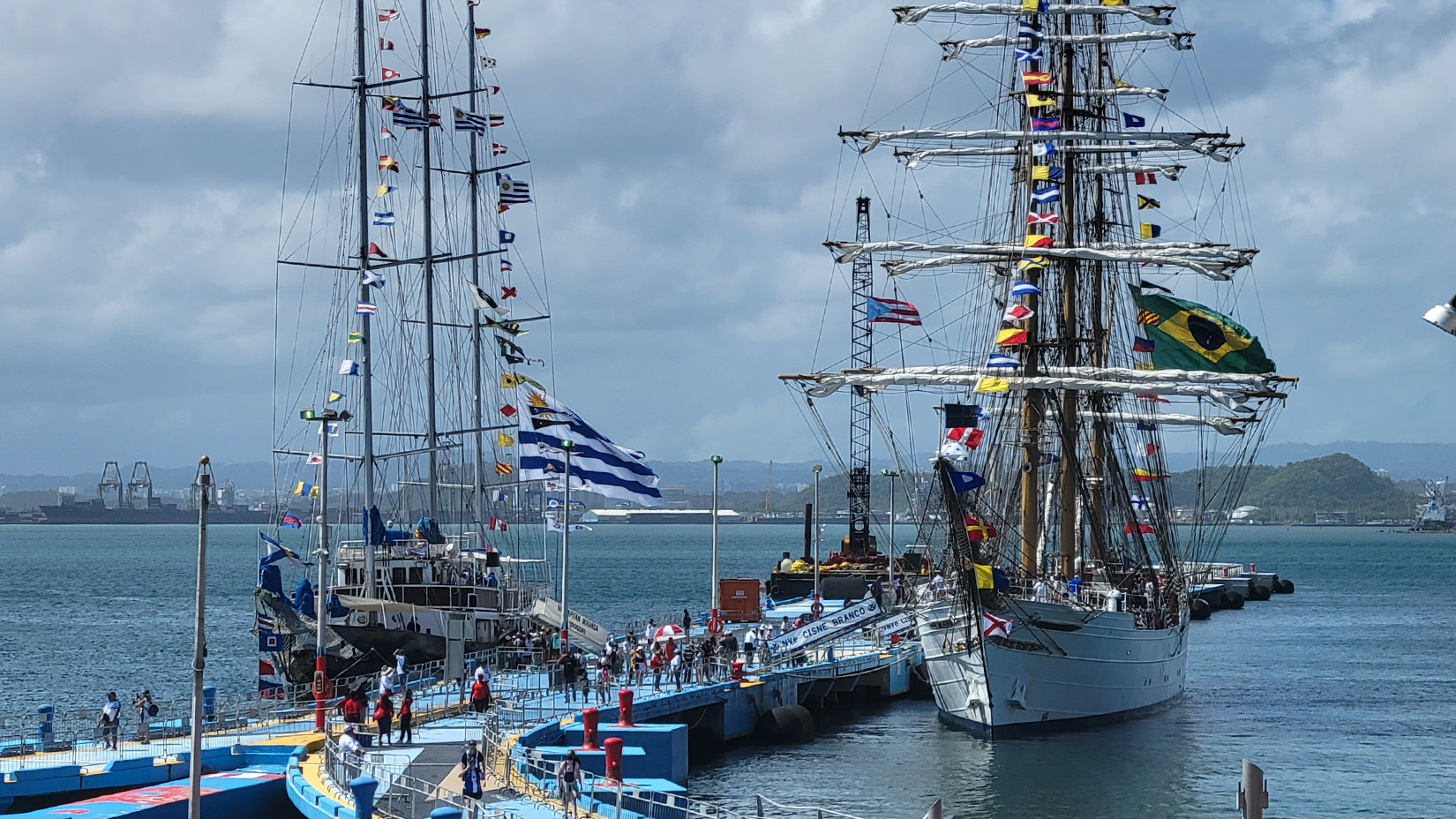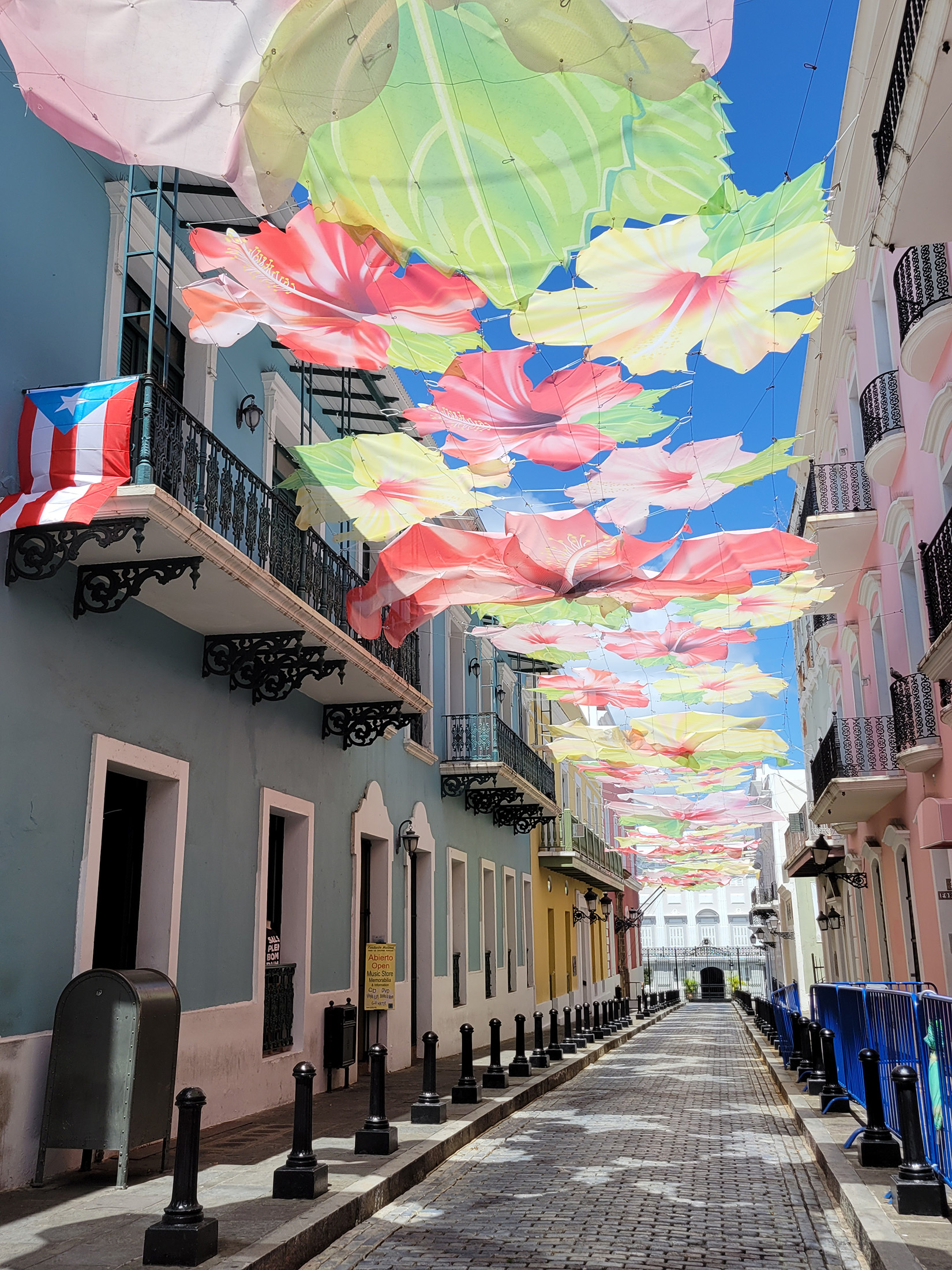My journey begins: heading to the Puerto Rico Trench in search of deep-sea plastic

Editor’s note
JCVI Staff Scientist Erin Garza, Ph.D., was selected to embark on a unique research expedition aboard the HOV Alvin submersible, a crewed deep-ocean research vessel owned by the United States Navy and operated by the Woods Hole Oceanographic Institution, that has brought explorers to extraordinary places for more than 50 years.
During the deep-sea expedition, she will be collecting plastic samples from the bottom of the ocean and analyzing them using scanning electron microscopy (SEM), metagenomics, and metatransciptomics to learn about potential microbial plastic degradation. These techniques will enable the identification of organisms that are present and what genes the organisms are actively expressing. These data will help provide an indication as to what metabolic pathways may be breaking down the plastic with the eventual goal of engineering microbes to safely and efficiently degrade plastics at large scale recycling facilities.
I am travelling to Puerto Rico to board the R/V Atlantis, which houses the human occupied submersible Alvin, to travel to the bottom of the ocean in search of deep-sea plastic samples that might house microbes capable of degrading plastic. I was one of 18 scientists selected to test Alvin’s new capability of traveling to 6,500 meters below the ocean, and we have been preparing for this for over a year, but now that I’ve arrived in San Juan, I’m overwhelmed by what’s to come. The city is preparing for a regatta to close out its yearlong quincentennial celebrations and there are thousands of people outside of my hotel gawking at the arrival of the frigates. My biggest concern has now become, “How can I stay COVID free so that I can still go on my expedition?”

I quickly find that since my hotel is fully booked, it is nearly impossible to get anything to eat without sitting in a packed dining room since they have uncomprehendingly gotten rid of room service. As a result, I must venture out and brave the crowds outside my door to get to some of the less occupied parts of the city. This was probably one of the best decisions I could have made. I found that the beaches were not only beautiful, but that they were nearly empty. While everyone was crowded around the pier in the southern part of Old San Juan, the rest of the city was almost entirely unoccupied. I was able to go to some of the most popular parts of town without any crowds or lines. I explored the Castillo San Felipe del Morro, a 16th-18th century citadel built to defend the once Spanish colony from seaside invasions, in almost complete solitude. I even got an uninhibited view of the extremely popular umbrella-laden street leading up to La Fortaleza or the governor’s mansion.

With my tour of the city complete, I turned my focus back to the expedition. I must now pass multiple COVID tests to be allowed to board the ship and go on this once-in-a-lifetime adventure to the bottom of the ocean. Did I make the right decision in venturing out of my hotel? Did I take my mask off for too long while eating lunch at the airport? I’m fraught with anxiety over my decision making for the past few days, but it’s too late now, I can’t change the past. It’s time for my final COVID test. I hold my breath while I wait for the results. This is the longest 15 minutes ever.
I finally get the news that I passed! I can now board the ship to start a month-long expedition to the Puerto Rico Trench and the Mid-Cayman Spreading Center to search for deep-sea plastic samples. I can’t believe that I am finally here and this is actually happening!